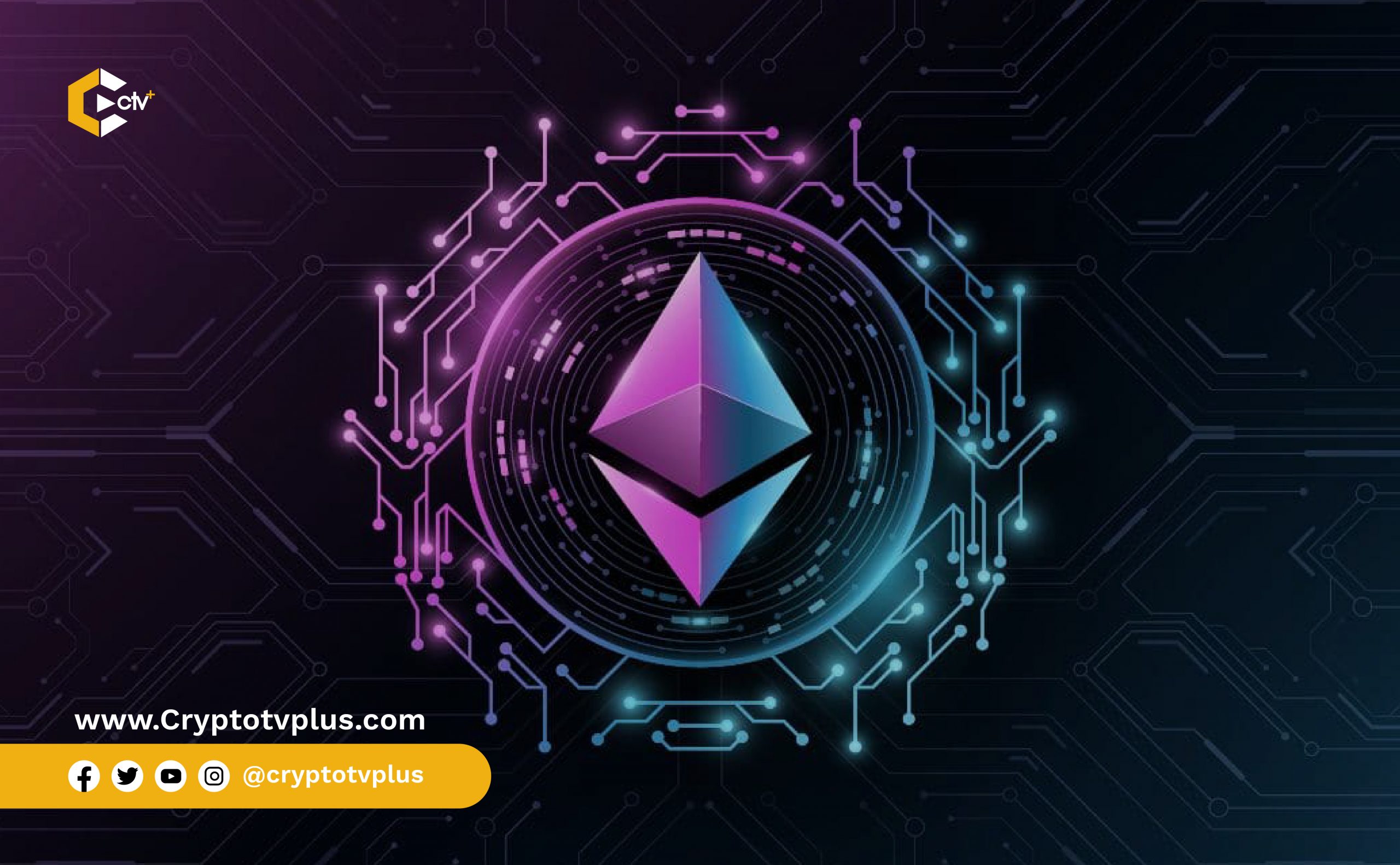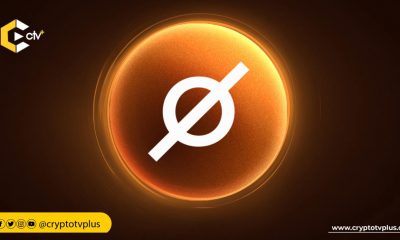Ethereum
Ethereum Migration to PoS: Becoming ETH 2.0 Validator

The Beacon Chain was the first step toward changing the consensus algorithm of Ethereum from Proof of Work to Proof of Stake. With Proof of Stake, validators commit a stake and run software to secure the consensus layer of Ethereum.
More technical users can run their own validator node and stake their own ETH. Another option is to stake ETH using a staking provider like Coinbase, Binance, Kraken and few others.
Rewards
Being a validator on Ethereum 2.0, there is a reward for proposing and attesting the next block in the chain. Rewards would be received in ETH for making valid proposals and attestations.
Rewards are dynamically calculated based on the state of the network upon epoch completion. Network level reward issuance rates are a function of the total amount of ETH staked and average % online of validator(s).
Individual validator reward rates depend on the number of validators run and % uptime of the validator.
Rewards minus penalties are transferred to validators every epoch (384 seconds ~6.5 minutes). As a result, the reward you expect to receive when being randomly selected to be a validator may be different than what a validator actually receives. You can look at Eth 2.0 calculator for an idea of the types of rewards for staking on Ethereum 2.0.
An upside to participating as a validator is that you can earn rewards of ETH. There is, however, a risk of losing funds through the ‘slashing’ of the ETH staked on the network. With a small amount of care, this risk is negligible.
The first way a validator might lose funds is by being offline and not performing its duties correctly. This incurs a relatively mild penalty: roughly the same as the reward you could have made.
As long as you are currently participating for at least 50% of the time, you will not lose your stake. The other way a validator can lose funds is to publish contradictory information about the chain. In this case, the validator is slashed and ejected from the system.
The amount slashed is between 1 ETH and the entire stake amount, depending on other factors. Being slashed is easy to protect against and ought never to happen unless a validator is deliberately acting maliciously.
How To Be Selected To Propose A New Block On The Beacon Chain
After you have registered your 32 ETH stake in the deposit contract address and your validator has become active, it will be assigned duties from time to time by the Beacon Chain. Validators will be called on to attest to blocks on the Beacon Chain once every 6.4 minutes (once per epoch), and randomly selected from the whole validator set to propose blocks periodically.
If there are 100,000 validators in total, your validator will be asked to propose a block about once every two weeks on average. This is all completely automatic and entirely handled by the validator software.
Read Also:
Effect of this Upgrade On DeFi
If ETH 2.0 proves successful, it will have a drastic effect on the current bottlenecks that slow it down. Ethereum has a massive decentralized financial ecosystem, but most of it is nearly unusable as it is too slow and congested. This congestion can cause transaction fees to be larger than the amount of money the user is trying to move in the first place.
In Ethereum’s current state, only those with larger holdings can make use of the benefits of its ecosystem. The fees to make transactions are so high because they are controlled by miners, creating a rather large conflict of interest. With PoS, these issues will essentially no longer exist.
Right now, Ethereum can only handle around 30 transactions per second. Vitalik Buterin, a co-founder of Ethereum, has alleged that 2.0 may eventually scale to as many as 100,000 transactions per second using sharding and other tactics.
Ethereum’s upgrade could have a profound effect on its price as its lower fees and faster transactions open the network up to a broader demographic of users.
What do you think of this article? Let’s hear from you in the comment section!

























Pingback: Ethereum Migration to PoS: Becoming ETH 2.0 Validator by Marvelous Akpere – CryptoTvplus Events: NFT, DeFi, Bitcoin, Ethereum, Altcoin Events